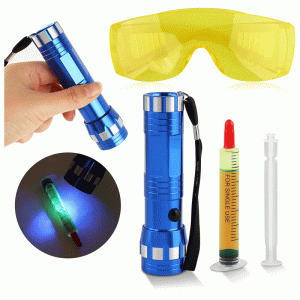
What is a TX or Thermal Expansion Valve?
A TX Valve is a metering device which controls the flow of liquid refrigerant into the evaporator coil.
How A TX Valve Works
TX valves have a small orifice which opens and closes with temperature changes at the coil outlet that are sensed by the capillary, which is always clamped to the coil outlet. Internally equalized valves have a small refrigerant charge which expands and contracts. This movement exerts pressure on a diaphragm to open or close the valve against the pressure in the evaporator coil itself. The pressure on the evaporator coil is exerted on the opposite side of the diaphragm by means of a bleed in the valve. Externally equalized valves are similar, except that a direct line to the evaporator coil allows evaporator outlet refrigerant pressure to the underside of the diaphragm, rather than by direct bleed-back as in the internally equalized valve. The block valve is inherently equalized, ensuring accurate flow without sensing bulbs or equalizer tubes. The fixed orifice tube is simply a set, or fixed, orifice which allows a metered amount of refrigerant through to the evaporator coil whenever the compressor is pumping.
There Are Four Different Types of TX Valves
Internally Equalized, Externally Equalized, Block Type Valve and Fixed Orifice Tube.
Internally equalized valves are generally used for small to medium evaporator coils. On large Evaporator coils, externally equalized or block valves are used. Fixed orifice tubes are only used in vehicles fitted with accumulators.
TX Valve Issues, Symptoms and Causes.
When your TX Valve is stuck closed or blocked the refrigerant flow will be restricted, the low side pressure can drop into vacuum. This problem is indicated by low pressure readings and lack of cooling. Blockages can be caused by foreign particles or moisture freezing at the orifice.
Valve stuck closed or blocked
Little to no cooling and low pressure readings on gauges.
Valve stuck open
High pressure readings on both sides of the system with poor cooling performance.
Valve too small
Low pressure reading on low side and poor cooling.
Valve too big
High reading on low side and poor cooling.
If the capillary is incorrectly positioned in the cold part of the evaporator coil will result in the valve tending to stay closed. A damaged capillary or a capillary bulb not clamped to the evaporator outlet will result in the valve tending to stay open.
